
Revitalize Your Smile: The Power of Tongue Scrapers
Introduction
Embark on a journey of oral wellness as we explore the rejuvenating practice of tongue scraping—a timeless ritual that has transcended centuries. The simple yet profound act of using a dedicated tool, known as a “tongue scraper,” resonates through history, embraced by civilizations such as the Romans, Victorians, and even the iconic George Washington. Today, the resurgence of interest in tongue scraping underscores its enduring significance in modern oral care routines.
At its essence, a tongue scraper is a purpose-built instrument designed to gently remove bacteria, food particles, and debris from the tongue’s surface. This practice, dating back thousands of years, contributes to a refreshed and revitalized oral environment. As we delve into the various benefits and techniques associated with tongue scraping, the versatile term “tongue scraper” emerges as a beacon, guiding us through a world where oral tradition meets contemporary wisdom.
In this exploration, we will uncover the potential advantages of incorporating a tongue scraper into your daily routine, from combating bad breath to enhancing taste perception. Join us as we navigate the nuanced landscape of tongue scraping, celebrating a practice that goes beyond conventional oral care—a practice that embraces the past while empowering a healthier, cleaner future for your mouth.
What Is Tongue Scraping?
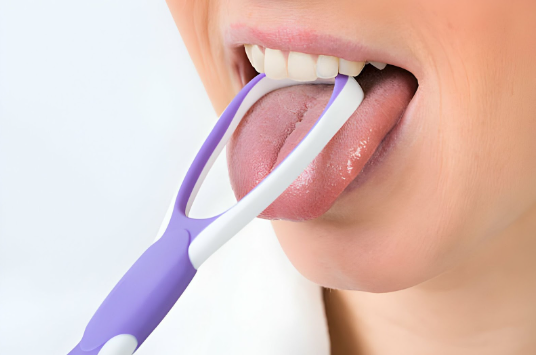
Tongue scraping, a revitalizing practice rooted in ancient traditions, is a fundamental element of modern oral care. Utilizing a dedicated tool, often referred to as a “tongue scraper” or “tongue cleaner,” this ritual involves gently running the implement across the tongue’s surface. By doing so, bacteria, food particles, and debris are effectively removed, contributing to a refreshed and revitalized oral environment.
The terms “tongue scarper” and “tongue cleaners” encapsulate the diverse options available for enthusiasts of this age-old technique. Dating back thousands of years, this practice, once embraced by historical figures like the Romans and Victorians, remains a simple yet effective method to promote oral hygiene. Embrace the revitalizing sensation of a clean tongue by incorporating tongue scraping into your daily routine, unlocking the secrets of a practice that transcends time for a healthier, squeaky-clean mouth.
Tongue Scraping Benefits
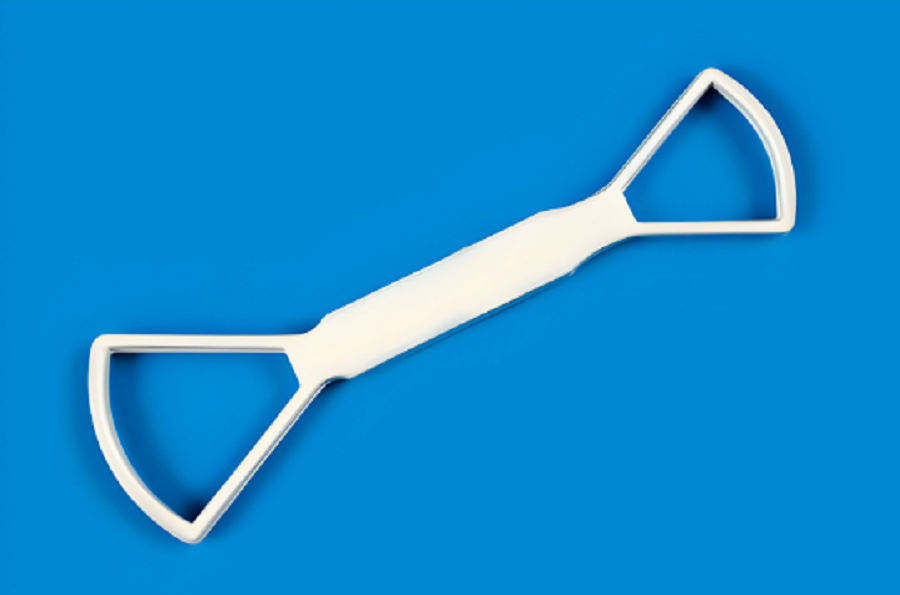
Discover the myriad benefits of tongue scraping, an ancient oral care practice that continues to stand the test of time. This ritual involves using a specialized tool to gently cleanse the tongue’s surface, removing bacteria, food particles, and debris. By maintaining a balanced oral microbiome, regular tongue scraping may contribute to fresher breath, heightened taste perception, and a potential reduction in cavities.
This age-old practice is particularly advantageous for those with a “coated tongue,” a buildup of bacteria and dead cells resulting from factors like medication use, smoking, dry mouth, inconsistent brushing, and yeast infections. While scientific studies are ongoing, enthusiasts attest to the invigorating, squeaky-clean feeling left in the mouth post-scraping.
Incorporate tongue scraping into your daily oral care routine and unlock the potential benefits, joining the ranks of civilizations throughout history that recognized the value of this simple yet effective technique for maintaining a healthier, cleaner mouth.
How to Scrape (Clean) Your Tongue?
Elevate your oral hygiene routine with the simple yet impactful practice of tongue scraping. Using a dedicated tool known as a “tongue scraper cleaner,” this method effectively removes bacteria, food particles, and debris from the tongue’s surface. After your regular teeth brushing and flossing routine, extend your tongue, start the scraper at the back, and gently glide it to the front two or three times. Employing light pressure is key to avoiding discomfort or cuts.
Rinsing the tongue scraper cleaner under warm water between passes ensures thorough cleaning. Follow up by swishing your mouth with water and giving the scraper a final rinse. This quick and easy addition to your routine leaves your mouth with a refreshing, squeaky-clean feeling. Explore the diverse options available in tongue scraper cleaners, each offering a unique approach to maintaining optimal oral health. Embrace this ancient practice, and experience the rejuvenating effects of a well-cleaned tongue.
How to Choose a Tongue Scraper?
Selecting the right tongue cleaner scraper is pivotal for an effective and comfortable oral care experience. With various options available, understanding the key features can guide you to the perfect choice.
Cleaner Scraper Options
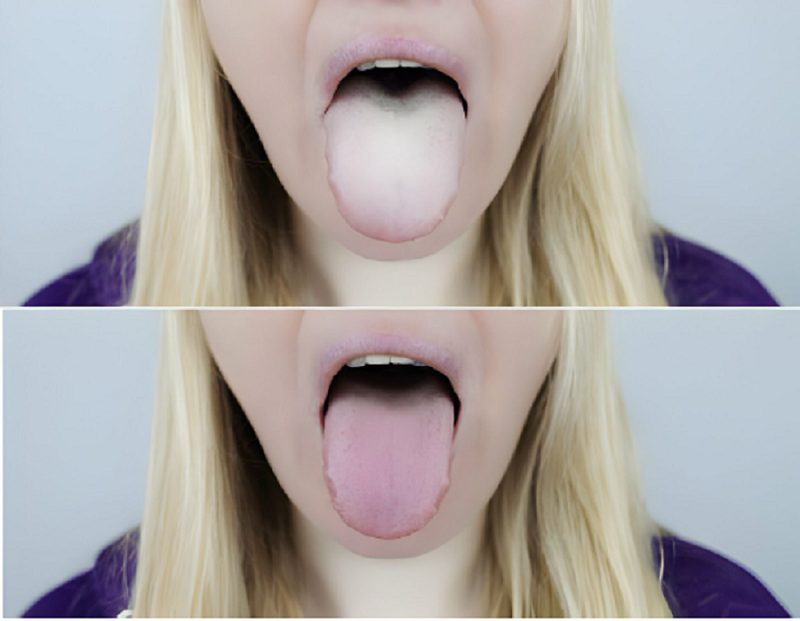
Brush Tongue Scrapers: Resembling a toothbrush, these feature ridges or bristles for thorough cleaning. Replacing them every 3 to 4 months with regular use is advisable.
Plastic Tongue Scrapers: Comprising a thin plastic wire bent into a U-shape, these are lightweight and easy to use.
Metal Tongue Scrapers: Typically a thin, U-shaped metal wire, copper and stainless steel variants boast durability. Copper, with its antibacterial properties, is a preferred choice for some.
When choosing a cleaner scraper, consider the ease of use, your comfort, and the durability of the material. Consulting with your dentist or hygienist can provide valuable insights tailored to your specific oral care needs. Embrace the diverse world of cleaner scrapers, ensuring a comprehensive and satisfying addition to your oral hygiene routine.
Conclusion
In conclusion, the timeless practice of tongue scraping proves itself as a rejuvenating ritual that seamlessly integrates into modern oral hygiene. With dedicated tools like tongue scrapers and cleaner options, this ancient technique offers a refreshing solution to combat bacteria, enhance taste perception, and potentially reduce the risk of cavities. The diverse array of choices, from brush tongue screper to metal variants, empowers individuals to tailor their experience.
However, it’s crucial to recognize that while tongue scraping contributes to a cleaner mouth and a potential boost in oral health, it doesn’t replace fundamental dental hygiene practices. The enduring advice from dental authorities, encapsulated by the American Dental Association, emphasizes the importance of regular brushing, flossing, a balanced diet, and routine dental check-ups.
By harmonizing the wisdom of tongue scraping with established oral care principles, individuals can embark on a journey towards a healthier, cleaner mouth, achieving a balanced and comprehensive approach to optimal oral well-being.
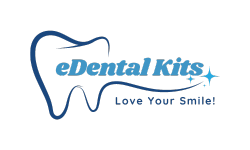




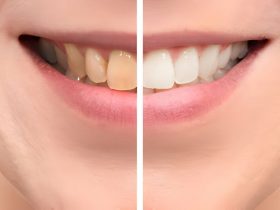
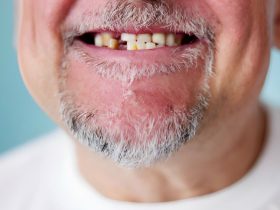


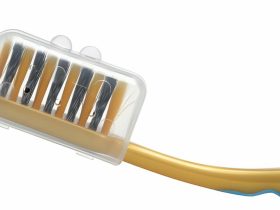
Leave a Reply